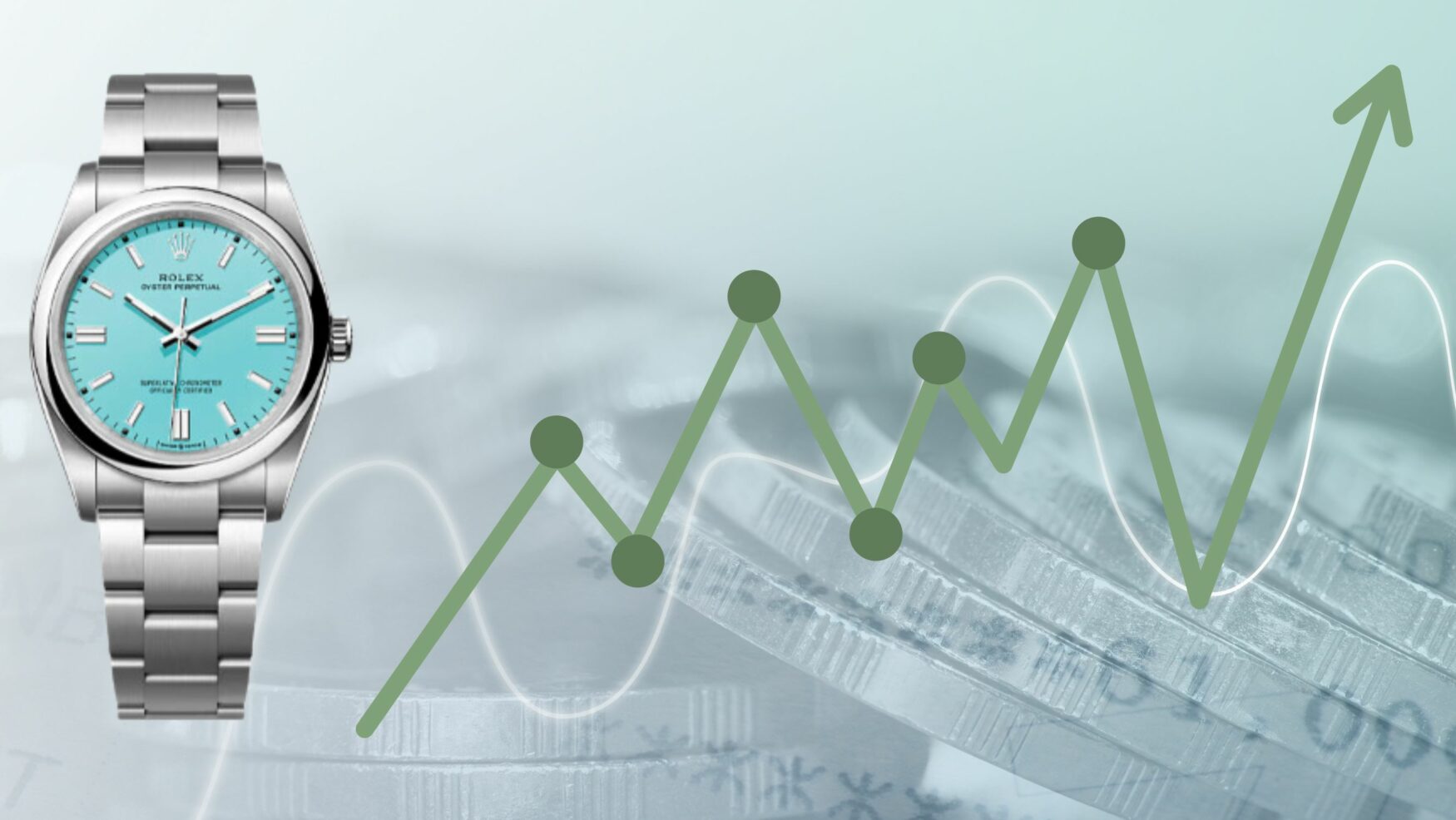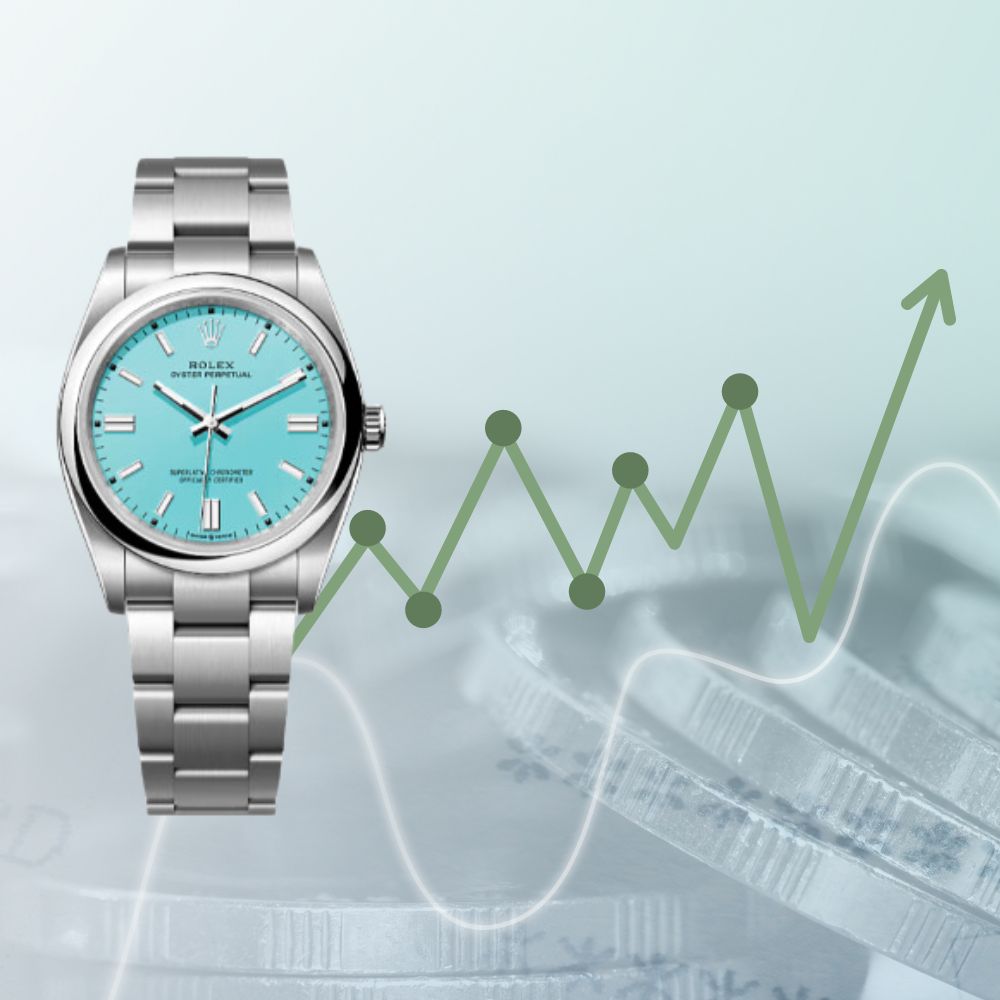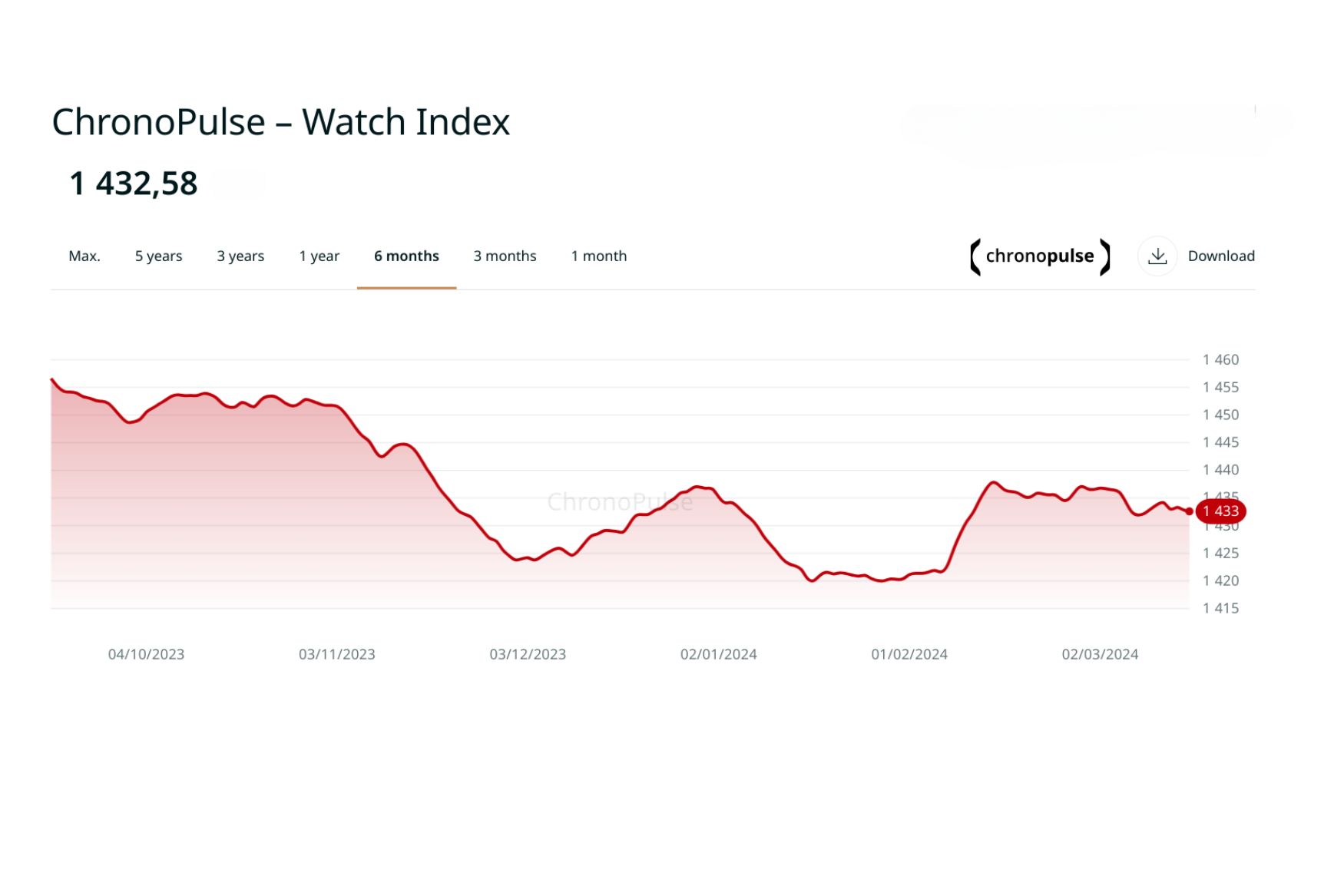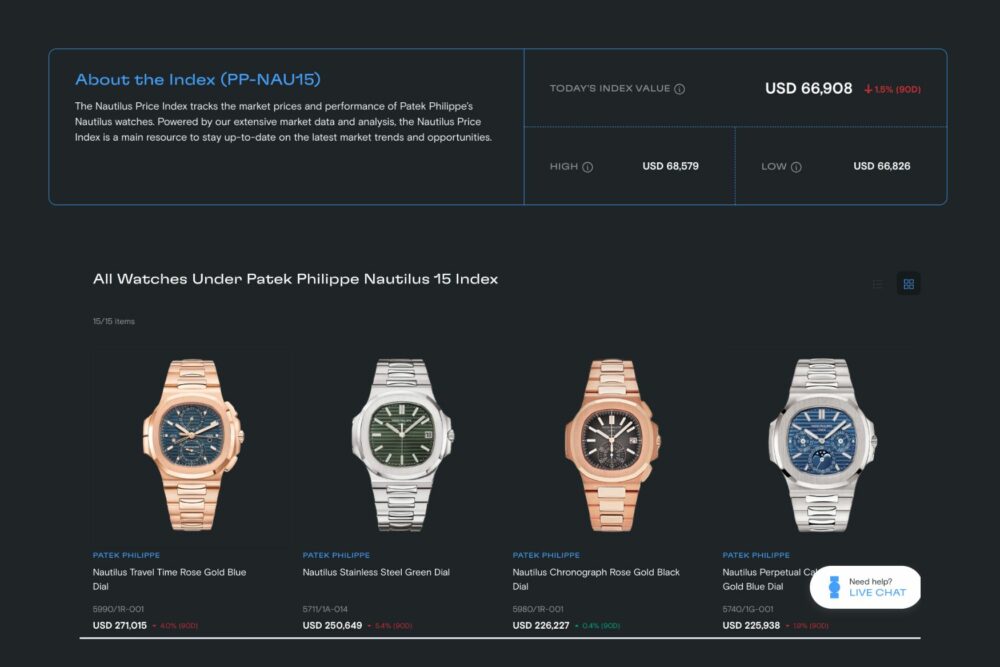What’s a watch index good for?
Emily HolmesThe watch market is no longer as frothy as it was a few years ago, but there remains a proliferation of watch indexes. Having an index may tell you more about the type of collector in a hobby than about the price action – cars and wine have indexes, but Funko Pops do not. In the financial world, indexes are a way of tracking the performance of a group of assets. The basic same idea has been applied to collectibles and watches. The math can get complicated, but usually a price index tracks the change in price of a group of assets. So it’s not telling you how much something costs at any point in time. It’s tracking if the asset class has gone up or down in value.
Before we get into how indexes are created, why companies make them, how reliable they are and how you can use them, we need to do a little housekeeping. First up – are watches an investment? No. But also, yes, they clearly are. We have touched on why watches aren’t a financial asset-style investment in the past. Even for those who have the connections and the cash to land that holy grail watch, returns are never guaranteed.
Take the Patek Philippe Nautilus Tiffany, which officially retails for US$52,635. When it launched, we wrote about a Jomashop listing offering the watch for US$2,500,000. Two years later, the watch is still there, unsold and collecting increasingly avant-garde reviews. The price has been dropped to a more affordable (ha!) US$1,795,000, with free shipping! That looks like a serious bargain compared to the one that sold at a charity auction for US$6 million in 2021. Although it is worth noting this watch came directly from the manufacture and was not a flip.
Being able to turn US$52,635 into US$6 million with a two-step process (step 1: buy watch, step 2: sell watch) makes for a stunning ROI (return on investment), but given the same watch is languishing – unsold even after a price drop – a significant ROI is far from guaranteed. On the other hand, our very own Buffy Acacia sold a A$7 watch for A$2,200 (spoiler alert). This kind of story gives watch collectors hope.
Making a profit brings us to paper gains/paper losses. If you buy an asset like a stock and its price goes up, you only get that money when you sell. While you can always find a buyer for your shares in LVMH, you may not be able to find a buyer for your Patek who is willing to pay the price you think it deserves. More to the point, if you own the watch, and feel pretty when you wear it, or when you wear it all your clients know how successful you are, or maybe you use it to time your burgers when you’re grilling… Whatever the reason, if you enjoy a watch you own, you’re getting the utility out of the watch, regardless of the investment return. Never let a fluctuation in price change how you feel about a watch you love.
How watch indexes work
So what if you do want to put a cash value on a watch you own – can you do that with an index? Depends on the index and the watch. There are indexes that track the price movement rather than the chance in price. This data is aggregated from a variety of sources. ChronoPulse uses its parent company Chrono24’s sales data, while the other indexes such as WatchCharts, Subdial, and Wristcheck all pull from all over the web. Note on Watchindex, it turns up on searches for “watch index”, but as far as free info goes it’s fairly useless and is mostly a sales site. The way that any of the indexes account for exchange rates isn’t publicly available. All the companies also offer indexes for individual brands, most of these track change in price.
A few also offer charts for individual models of watches that track the daily price. Of those that do, none have much nuance. Watch price indexes are, simply put, an average of watch prices. They don’t all account for different models being available in different materials or with or without diamonds. This is also a number that is pulled from all over the internet. So it includes examples that are unworn in the box with the original papers and sales receipt, and examples that are someone’s lucky metal-detecting find – all averaged together. So any individual watch may be worth more or less than the average price depending on its condition and other factors like age.
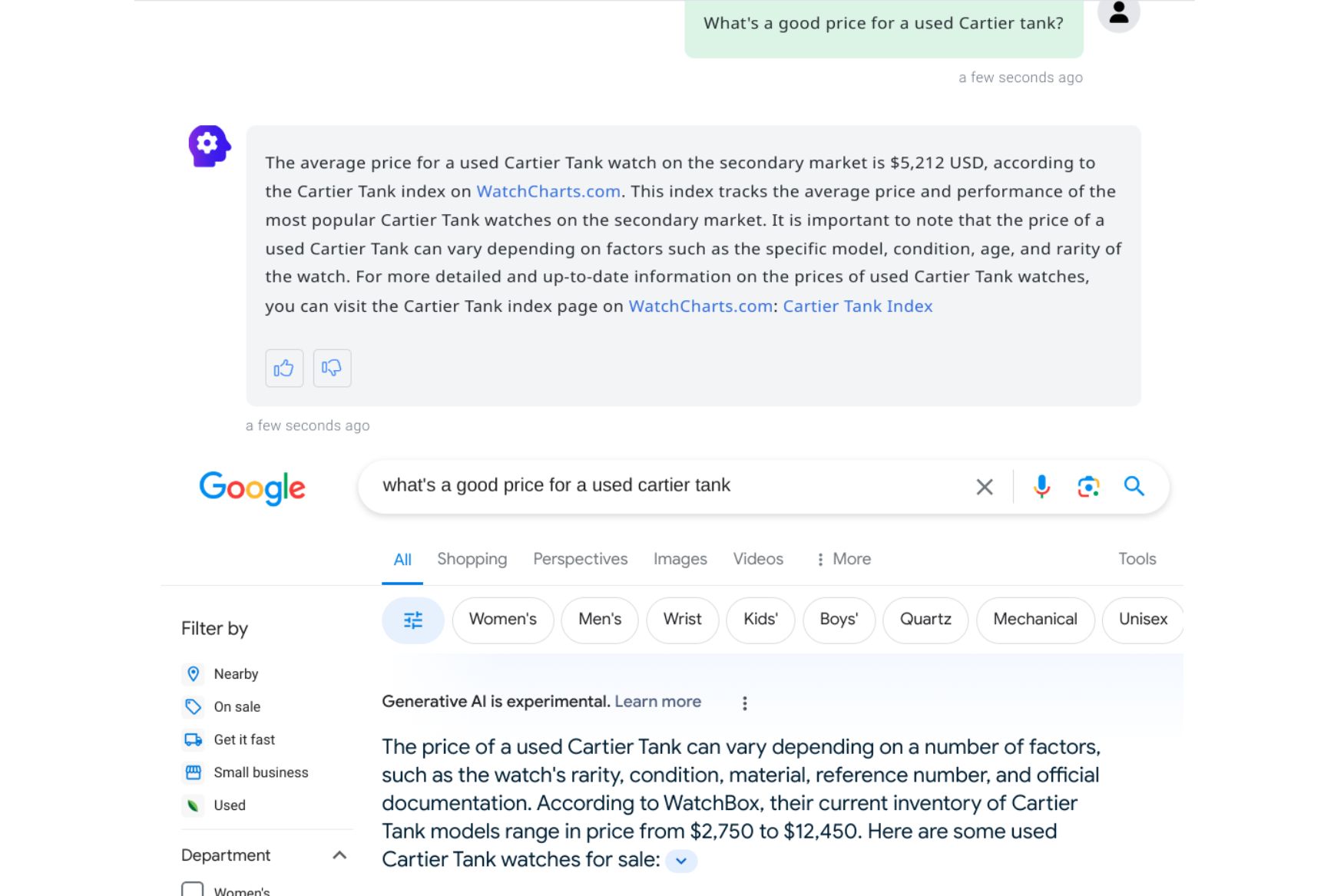
The companies generating these watch indexes almost always sell watches as well as track prices. A few offer additional products. Subdial offers insurance, and Watchcharts offers Cog, the watch AI. What one is supposed to do with a watch chatbot is a little hazy, but it’s at least entertaining for a few minutes. Chatbots and insurance aside, as watch purveyors all the companies creating watch indexes have a profit motive to promote watch buying. One way to do that is to convince buyers that they are investors by using financial instruments to promote their products.
When it comes to the numbers, here’s what these indexes offer. They track overall trends. Each reports that the broader luxury watch market is down. ChronoPulse, which has created a market index of 140 watches, shows the market as being down 0.91% in the last three months and down 1.09% in the last six months. WatchCharts’ index pulls from a smaller number of watches using only 60 brands to stand in for the broader markets. WatchCharts has the market down 1% in the last three months and down 1.8% in the last six months. Subdial, in partnership with financial news leader Bloomberg, tracks 50 watches to create their index. It does not offer a three-month/90-day option, but for the last six months it has the market as being down 2.9%. Wristcheck offers a 25, 50, and 100-watch index. The 100 watch index is down 1.9% for the last 90 days, and the Wristcheck 50 index is down 1.73%.
So to reiterate, whether it is the last quarter or the last six months, these seems to be a consensus that the market is down somewhere between 1-3%.
Much of the best information is paywalled. This makes sense because that information is probably the most valuable to industry professionals and serious flippers rather than individual collectors. It is an excellent way of tracking interest. Charging for them is also a way for the index companies to make their charts profitable. Scraping the web and then computing the number in real-time while also storing historical data is a costly service. But there is a real limit to the publicly shared data about the methodology used to compile the charts. Only one site, ChronoPulse, lists the model they use (Laspeyres for you nerds out there). Different modelling could explain the variation in incomes, but it’s impossible to know from this side of the paywall. And without knowing that, how can you judge which one is the most accurate?
It is nice to know the value of your watch or if interest in your favourite brand is increasing or decreasing. It’s fun to be able to use WatchCharts’ “track your collection” feature to figure out how your watch drawer is trending. But overall, without paying for the more precise data, these indexes are useful for a vibe check only rather than a perfect picture of a watch’s value. Even then, I struggle to picture a use case for the industry professionals. Conclusion: these charts are probably best for entertainment purposes only, and the best way to find out how much your watch is worth, is going out and trying to sell it.




